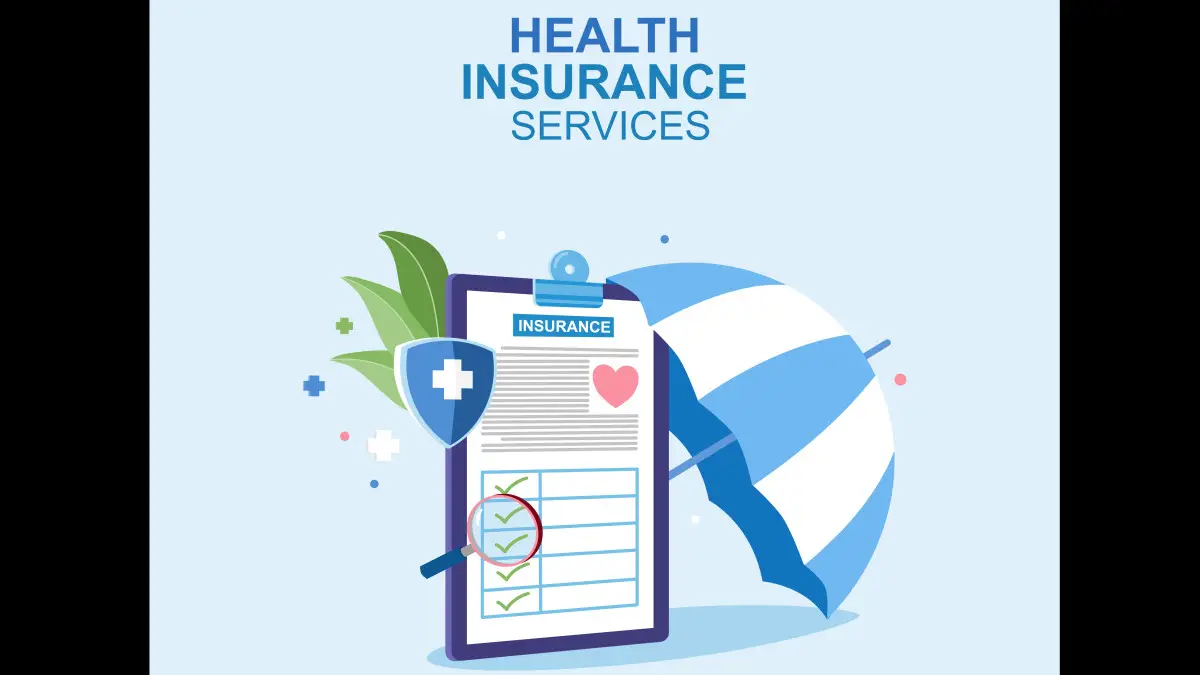The 77th round of the All-India Debt & Investment Survey reveals that medical treatment constitutes nearly 12 per cent of the total household debt in India. This is compounded by the fact that India’s out-of-pocket expenditure is at a staggering 62.7 per cent of the current healthcare expenditure in 2018, while the global average is only 18.1 per cent in the same period.
In this context, health insurance assumes significance, as it provides financial protection to people and prevents them from medical debt-induced poverty. The industry has played a very important role in India, especially during the covid-19 pandemic, when nearly Rs 25,000 crore of covid claims were paid.
The last few years, especially since the pandemic, has seen a huge change in the perception of the health insurance industry. There has been an increased awareness about the need for buying health insurance that provides holistic and adequate cover. The pandemic has made everyone realize the uncertainties of life and their unpreparedness in case of any health-related emergency.
A very high medical inflation, coupled with increasing incidence of lifestyle diseases have made customers recognize the importance for an integrated approach to health insurance, rather than re-hospitalization funding.
Recent reports on increasing rate of hypertension (one in four Indians), diabetes (one in 10 Indians), cardiac ailments (nearly 14 per cent of Indians), and the poor level of health awareness demonstrates the opportunity for health insurers to work with consumers to help them understand their health status and improve their health.
A few health insurers have made significant strides in the product innovation area by bringing care, cover and cure solutions in a single offering.
For example, there are products that offer incentivized wellness of up to 100 per cent to those customers who maintain an active lifestyle. Such engagement enables a health partnership, which can be a win-win for the customer and the health insurer.
Consumers have also realized that buying a comprehensive cover is a better choice, since it extends a holistic healthcare approach with wider coverage against diseases, pre-existing conditions, or even future lifestyle conditions, and incentives for prevention and condition management.
Unlike a basic health insurance plan, a comprehensive cover offers protection for outpatient and inpatient treatments, and provides a plethora of wellness benefits that help promote a sustainable lifestyle. A progressive and customizable policy also provides a cover for physiotherapy, AYUSH telemedicine, dental consultation, mental health counselling, nutritional teleconsultation, and much more. Thus, many consumers have started viewing health insurance as an essential investment that brings in a wholesome health cover.
During the pandemic, we also saw a growing digital adoption, with customers tracking their health on apps, following app-based fitness regimes, practicing yoga over videos, and so on. They have become quite adept in availing themselves of digital services in every step of the typical health insurance process: from comparing policies, buying and consultations, to filing for claims.

Customers have now started extensively using their health insurers’ apps and website for accessing information and processing requests. We expect this rise in the use of digital services to become a permanent fixture in the domestic insurance industry.
We are also seeing the emergence of new distribution channels with existing health tech players looking to expand into health insurance. These newer channels will definitely help in a much refined customer experience, along with enabling to create a curated offering with personalisation.
This will also help in creating a model that is both transparent and personalized. It will be data-driven and digital, which will make the process of buying and reviewing insurance easy. The pandemic has also brought a big shift in the consumption behavior of customers. Such newer channels will help broaden the reach of the industry, especially the millennials and the younger population.
With incentivized wellness and digital being the current trends in the health insurance industry, new customer segments have also emerged. Health insurance has become more appealing and relevant to the ‘Young and Healthy’ segment of consumers. From fear-based selling to focusing on the importance of health, the industry has come a long way.
Insurers will continue to reinvent their offerings with wellness solutions, and invest in their digital health infrastructure and ecosystem. The entire life cycle will need to be highly digitally-enabled, and self-servicing focused for consumers, whether it’s issuance, or for retention.
Soon, I also see many data-driven innovations and digital tools, machine learning, Blockchain platforms, disease management platforms, and insurtechs helping the sector in speeding up the efficiency, product innovation, and benefits to consumers. I also see increasing convergence around health insurance, healthcare and outcomes, enabled by IoT and cloud-based wellness devices and programs providing superior value to customers. Exciting times ahead!
The author is chief executive officer, Aditya Birla Health Insurance
(Disclaimer: Views expressed are the author’s own, and Outlook Money does not necessarily subscribe to them. Outlook Money shall not be responsible for any damage caused to any person/organization directly or indirectly.)

